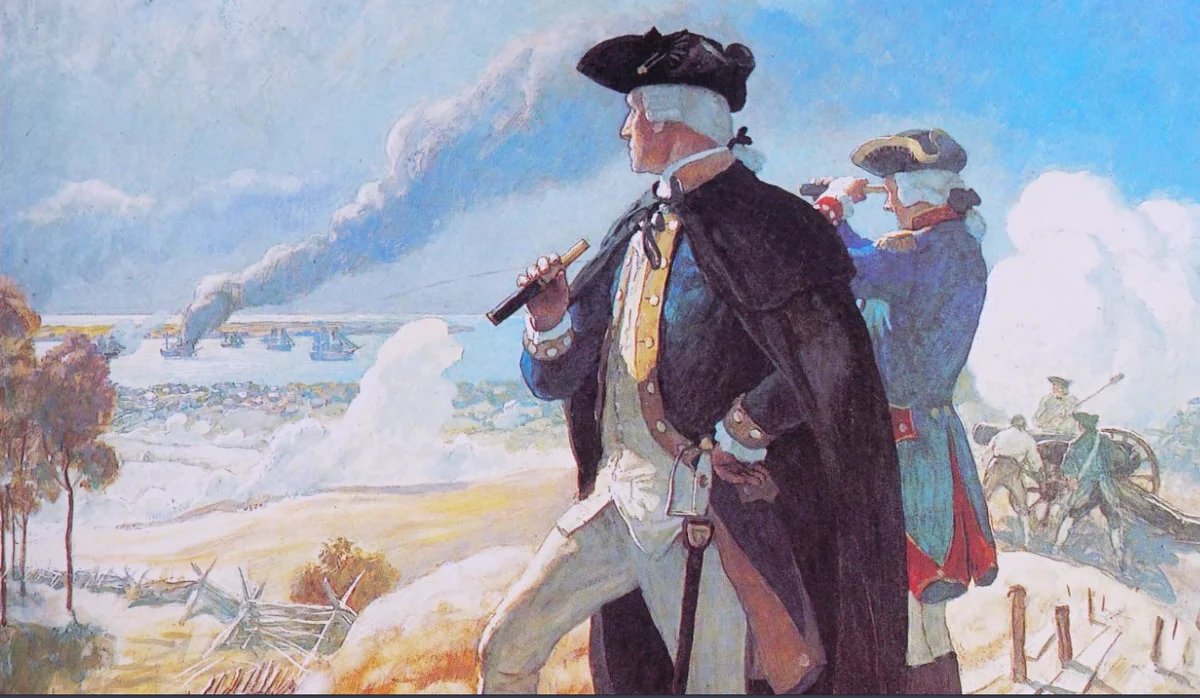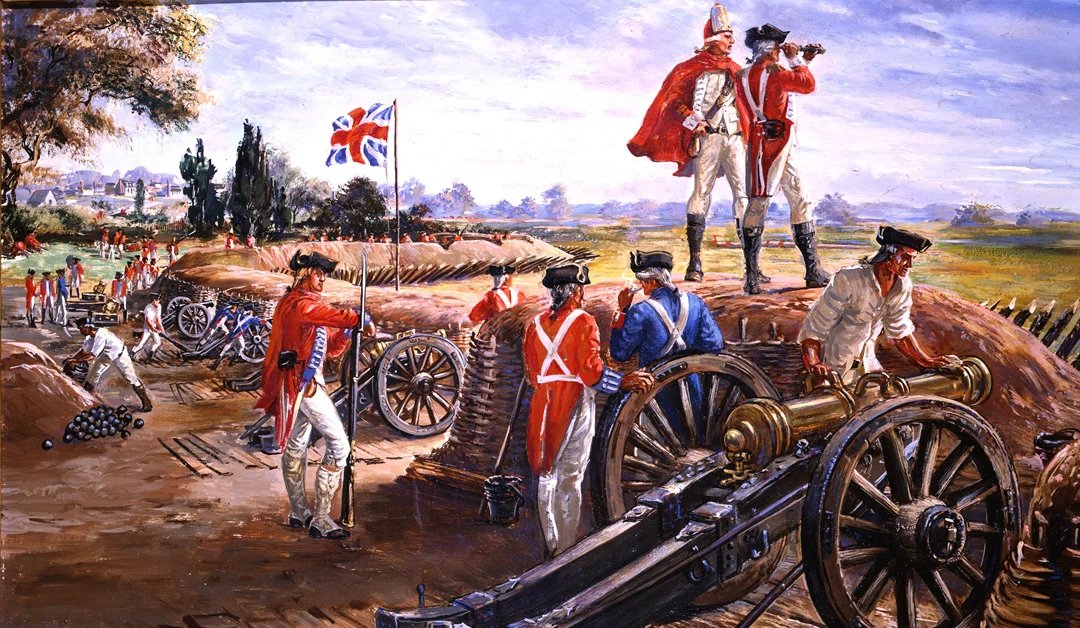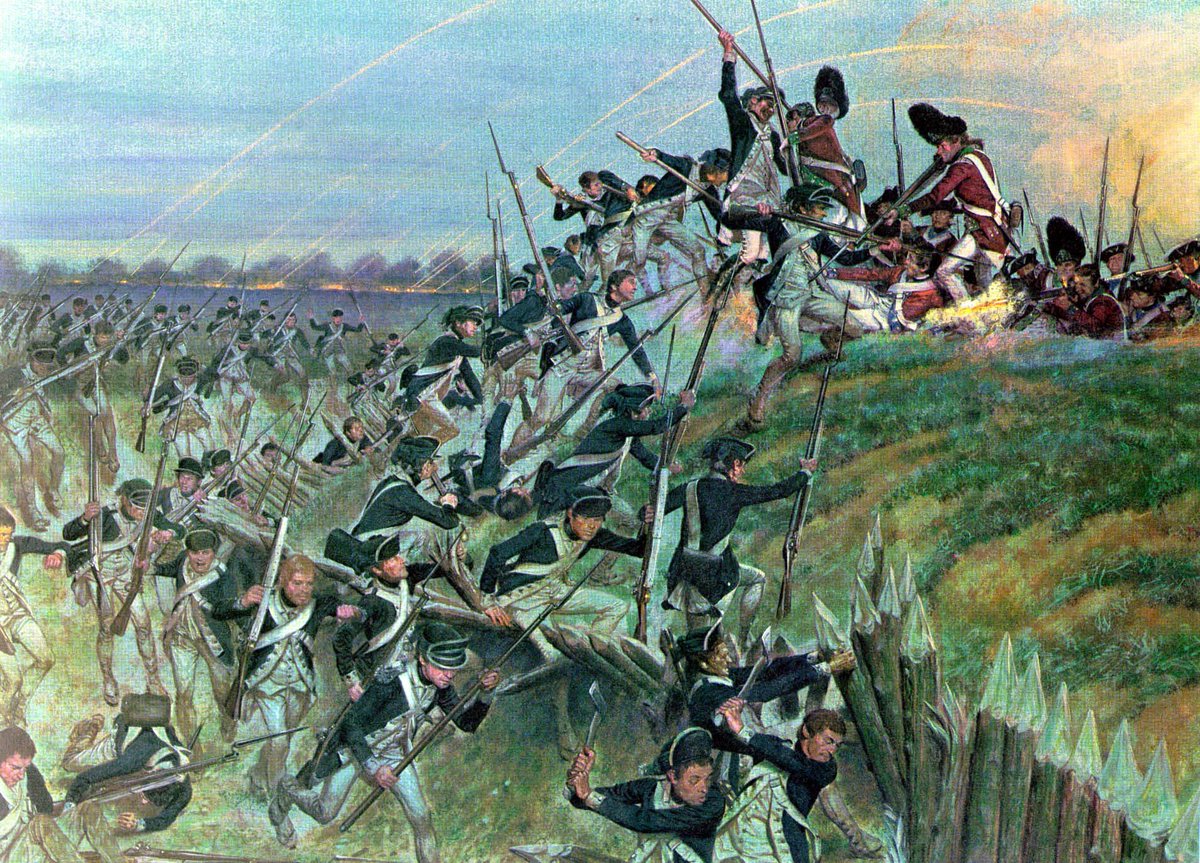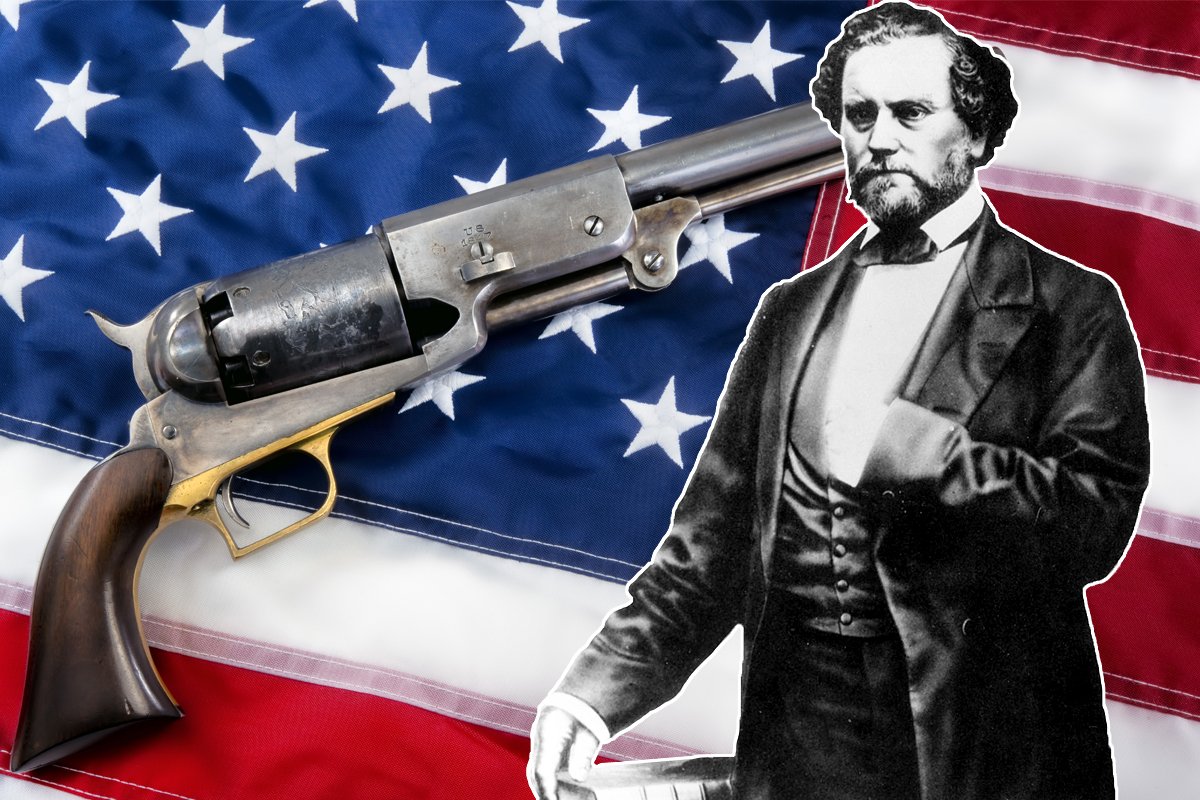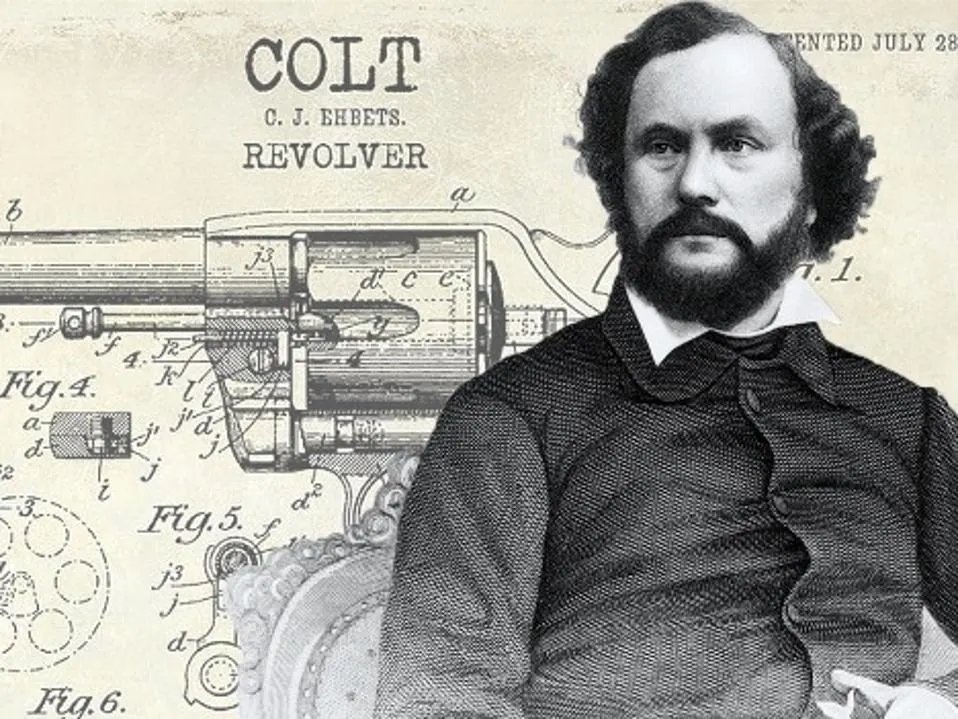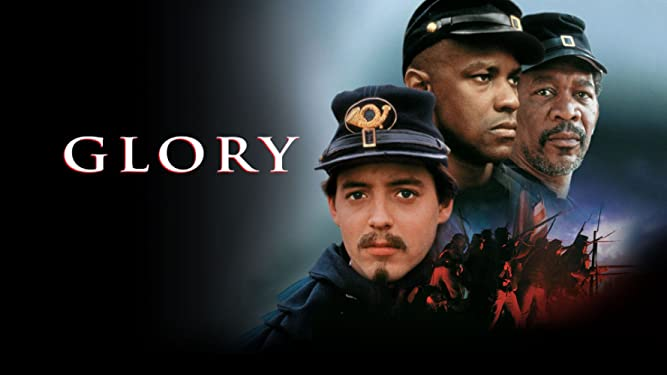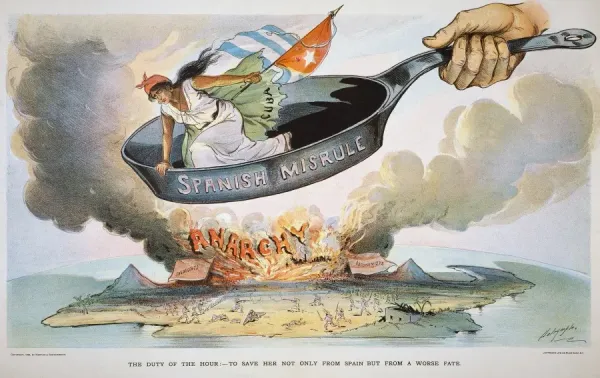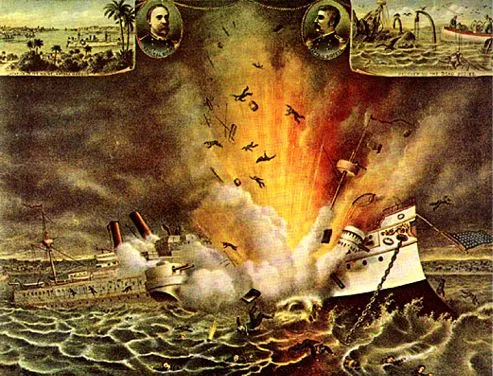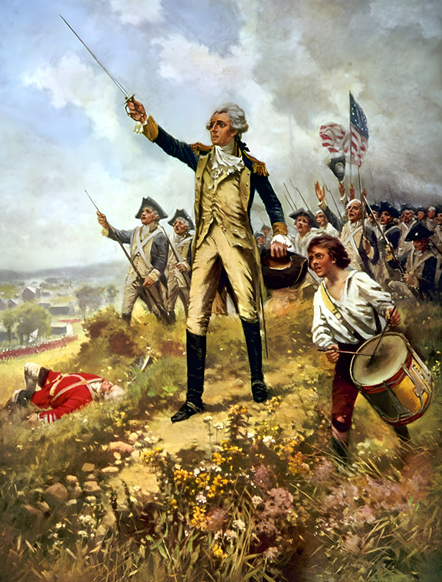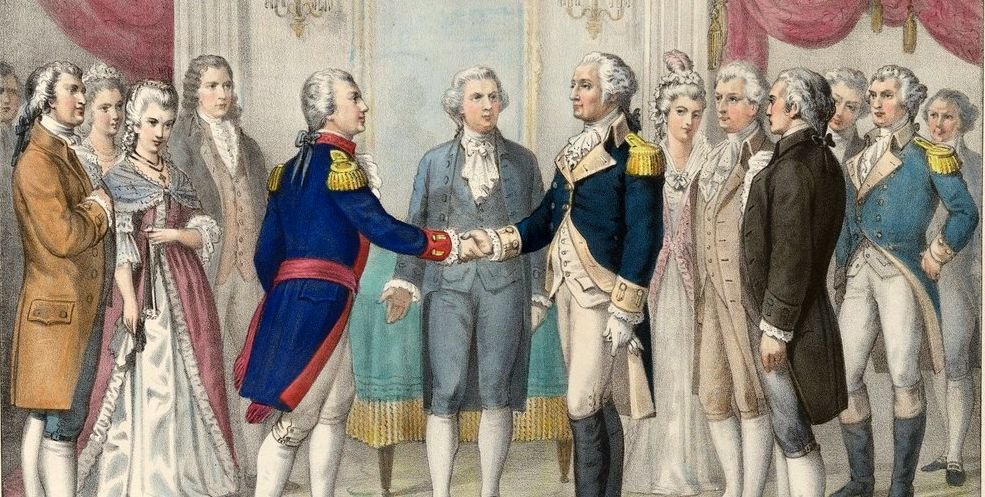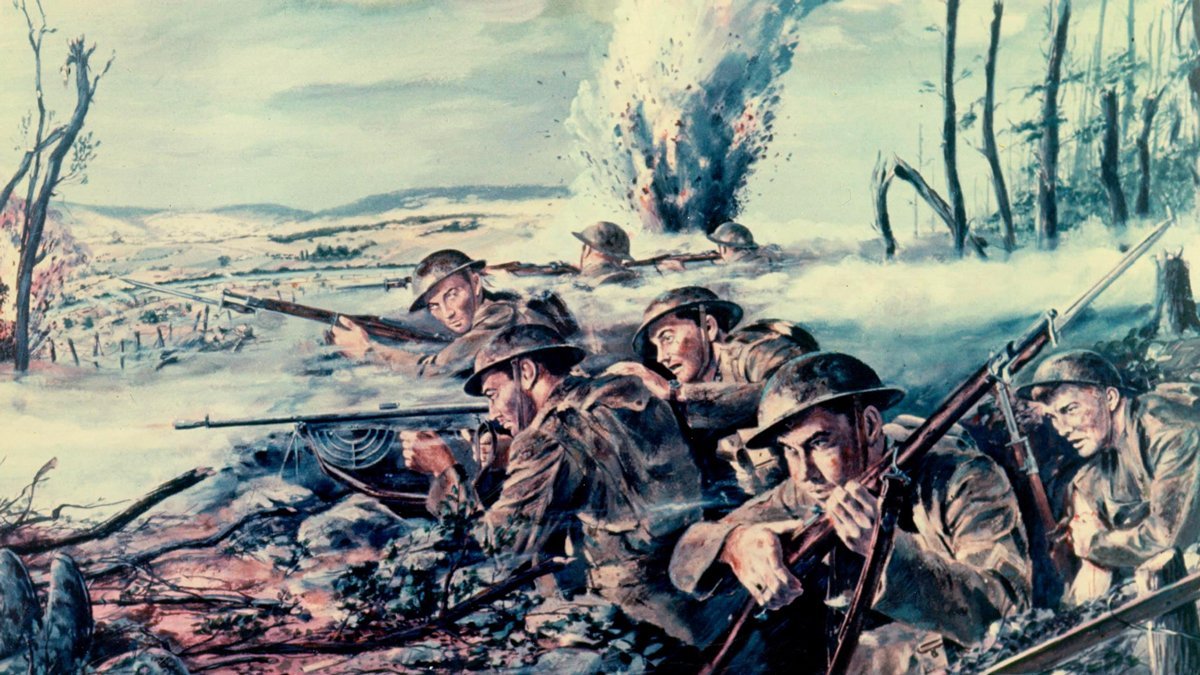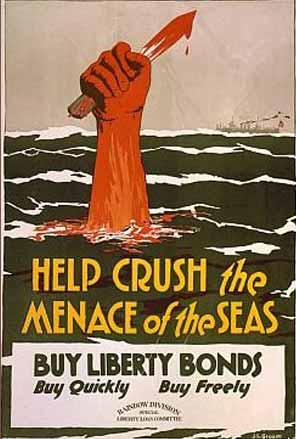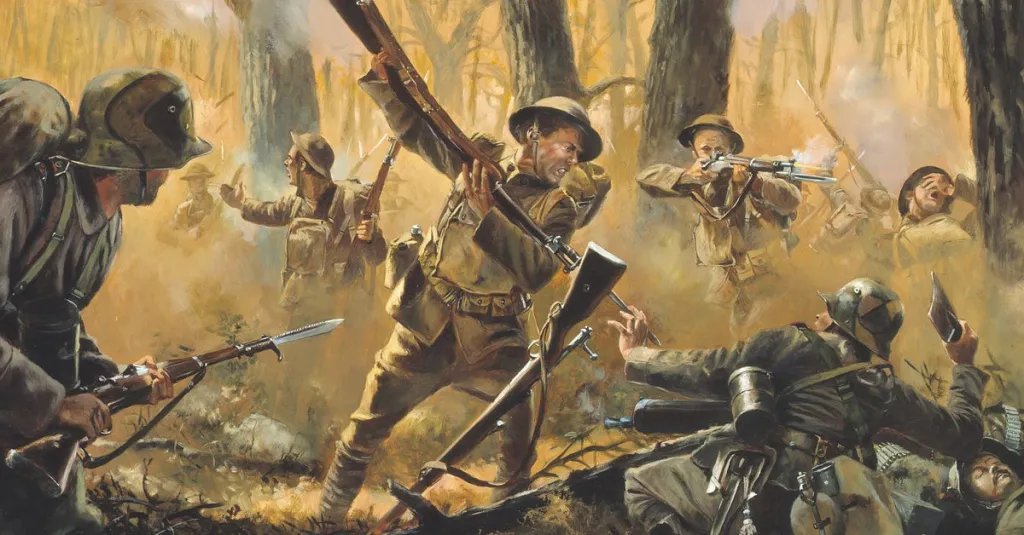Heroes of the Revolution: "Light-Horse Harry" Lee
Everyone knows about the exploits of legendary Confederate General Robert E. Lee, but did you know that his father was a hero of the American Revolution? Let's explore
Everyone knows about the exploits of legendary Confederate General Robert E. Lee, but did you know that his father was a hero of the American Revolution? Let's explore

Family Heritage and Early Life:
Henry Lee III, born on January 29, 1756, in Dumfries, Virginia, hailed from the prominent Lee family, known for its influence in colonial Virginia politics and society. His father, Henry Lee II, was a respected planter and county official, while his mother, Lucy Grymes, connected the family to Virginia’s elite.
Growing up at Leesylvania plantation, Henry was immersed in a world of privilege and education, attending the College of New Jersey (now Princeton) where he excelled academically. His early exposure to revolutionary ideals shaped his patriotic fervor, influenced by his family’s involvement in Virginia’s governance. By his late teens, Lee was well-prepared for a military career, inheriting both social standing and a sense of duty to the emerging American cause.
Henry Lee III, born on January 29, 1756, in Dumfries, Virginia, hailed from the prominent Lee family, known for its influence in colonial Virginia politics and society. His father, Henry Lee II, was a respected planter and county official, while his mother, Lucy Grymes, connected the family to Virginia’s elite.
Growing up at Leesylvania plantation, Henry was immersed in a world of privilege and education, attending the College of New Jersey (now Princeton) where he excelled academically. His early exposure to revolutionary ideals shaped his patriotic fervor, influenced by his family’s involvement in Virginia’s governance. By his late teens, Lee was well-prepared for a military career, inheriting both social standing and a sense of duty to the emerging American cause.
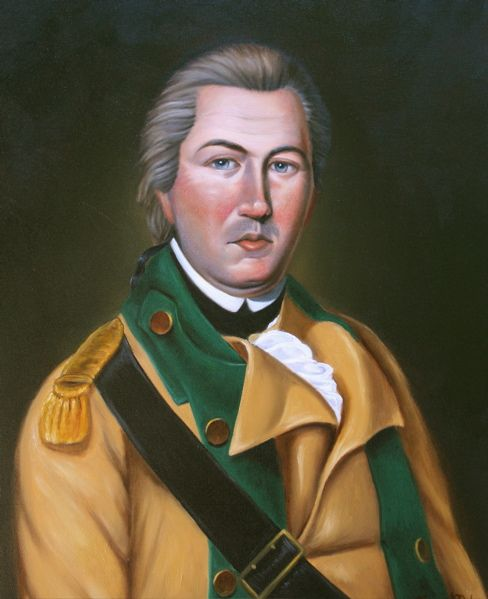
Role in the American Revolution: Early Military Service
Henry Lee III’s revolutionary service began in 1776 when he joined the Virginia militia as a captain in the 1st Continental Dragoons. His natural leadership and horsemanship earned him the nickname “Light-Horse Harry” for his daring cavalry tactics. In 1778, he led a successful raid at the Battle of Paulus Hook, capturing a British fort with minimal losses, showcasing his strategic brilliance.
Lee’s early campaigns focused on disrupting British supply lines and gathering intelligence, often operating behind enemy lines. His boldness and quick decision-making made him a favorite of General George Washington, cementing his reputation as a skilled cavalry officer.
Henry Lee III’s revolutionary service began in 1776 when he joined the Virginia militia as a captain in the 1st Continental Dragoons. His natural leadership and horsemanship earned him the nickname “Light-Horse Harry” for his daring cavalry tactics. In 1778, he led a successful raid at the Battle of Paulus Hook, capturing a British fort with minimal losses, showcasing his strategic brilliance.
Lee’s early campaigns focused on disrupting British supply lines and gathering intelligence, often operating behind enemy lines. His boldness and quick decision-making made him a favorite of General George Washington, cementing his reputation as a skilled cavalry officer.
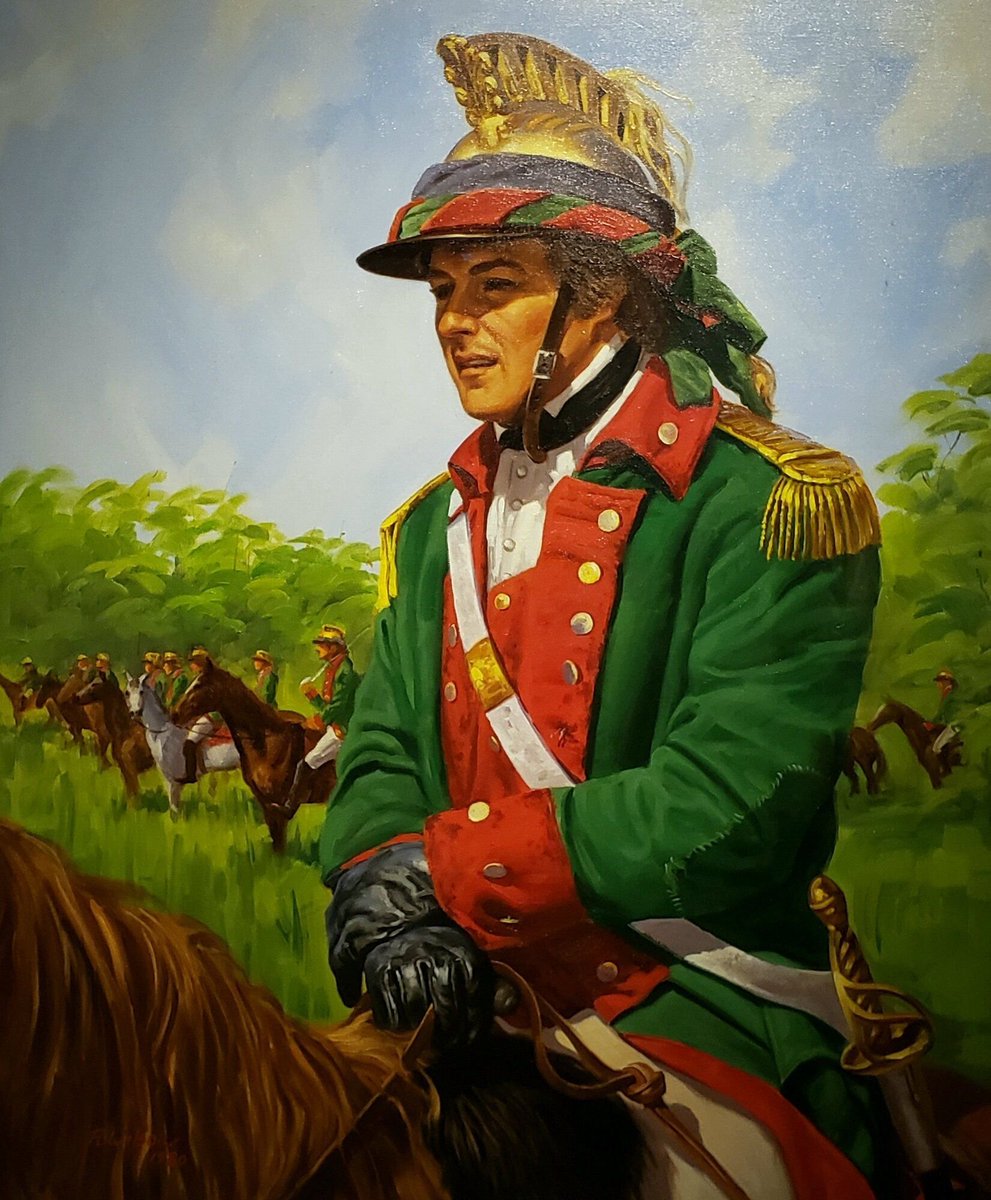
Role in the American Revolution: Southern Campaign Leadership
By 1780, Lee was appointed commander of a mixed force known as Lee’s Legion, a mobile unit of cavalry and infantry, pivotal in the Southern theater. His legion played a critical role in harassing British forces under Cornwallis, particularly in the Carolinas, where Lee’s hit-and-run tactics disrupted enemy operations. At the Battle of Guilford Court House in 1781, his forces supported General Nathanael Greene, weakening British resolve despite a tactical loss.
Lee’s ability to coordinate with militia and Continental forces amplified his impact, making him a key figure in the South. His relentless pursuit of British troops earned him widespread admiration among American commanders.
By 1780, Lee was appointed commander of a mixed force known as Lee’s Legion, a mobile unit of cavalry and infantry, pivotal in the Southern theater. His legion played a critical role in harassing British forces under Cornwallis, particularly in the Carolinas, where Lee’s hit-and-run tactics disrupted enemy operations. At the Battle of Guilford Court House in 1781, his forces supported General Nathanael Greene, weakening British resolve despite a tactical loss.
Lee’s ability to coordinate with militia and Continental forces amplified his impact, making him a key figure in the South. His relentless pursuit of British troops earned him widespread admiration among American commanders.
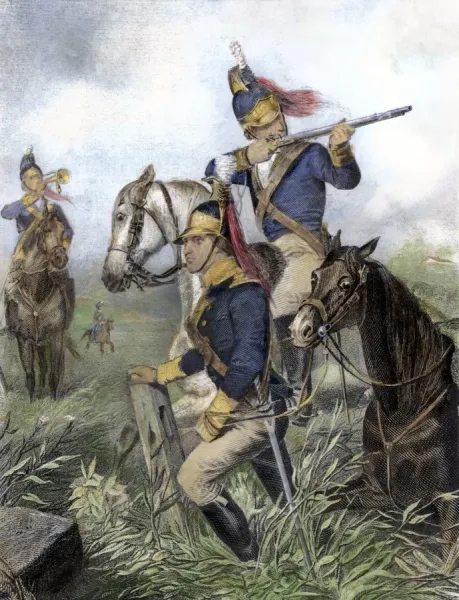
Role in the American Revolution: Final Contributions
As the war neared its end, Lee’s Legion remained instrumental in the lead-up to the decisive Siege of Yorktown in 1781, where his reconnaissance missions provided critical intelligence. He also participated in skirmishes that kept British forces off-balance, contributing to the eventual American victory. Lee’s reputation for audacity was further solidified when he captured a British supply convoy at the Battle of Eutaw Springs.
His service concluded with high praise from Washington, who valued his loyalty and tactical ingenuity. By war’s end, Lee had risen to lieutenant colonel, a testament to his significant contributions to American independence.
As the war neared its end, Lee’s Legion remained instrumental in the lead-up to the decisive Siege of Yorktown in 1781, where his reconnaissance missions provided critical intelligence. He also participated in skirmishes that kept British forces off-balance, contributing to the eventual American victory. Lee’s reputation for audacity was further solidified when he captured a British supply convoy at the Battle of Eutaw Springs.
His service concluded with high praise from Washington, who valued his loyalty and tactical ingenuity. By war’s end, Lee had risen to lieutenant colonel, a testament to his significant contributions to American independence.
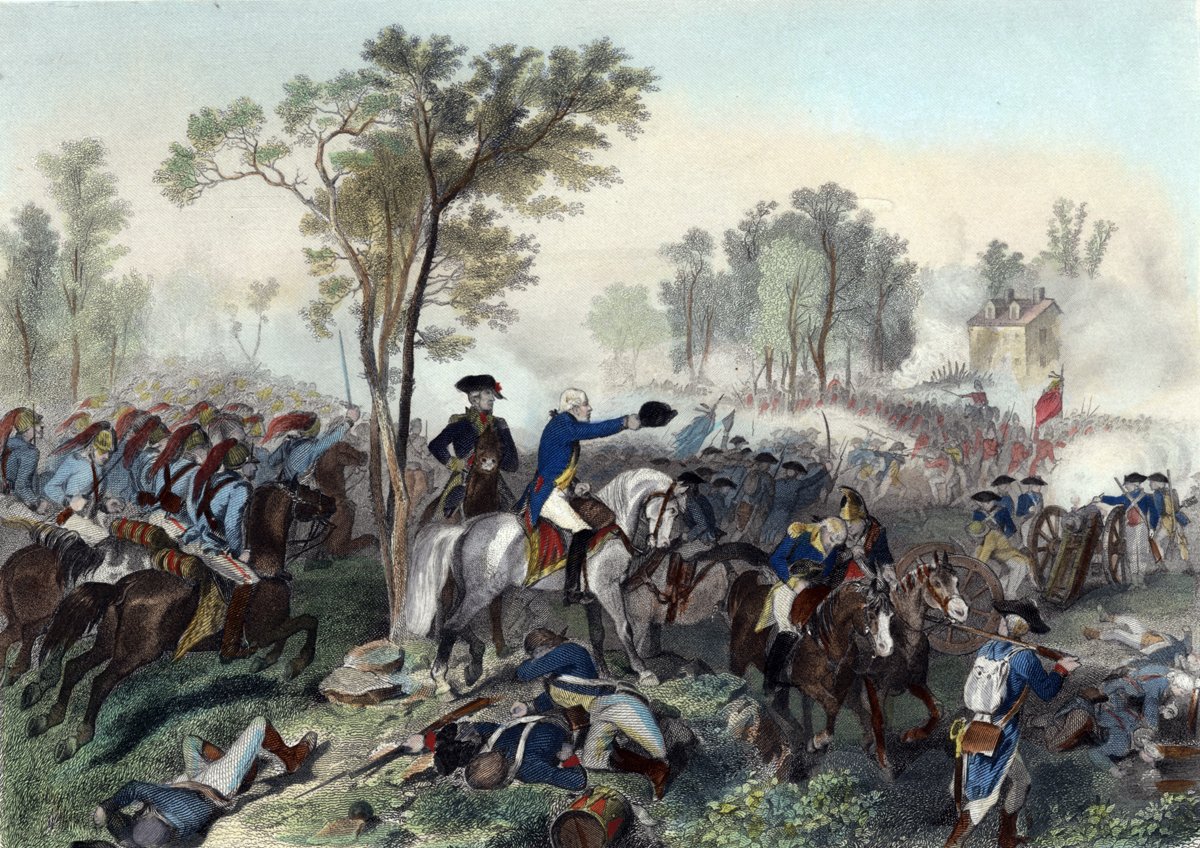
Life after the Revolution:
After the war, Henry Lee III served as Virginia’s governor from 1791 to 1794, advocating for state development and federal unity, though his tenure was marred by financial struggles. He married twice, first to Matilda Lee, with whom he had children, and later to Ann Hill Carter, fathering Robert E. Lee, the future Confederate general. Lee’s speculative land ventures led to crippling debt, resulting in a brief imprisonment in 1808-1809. Disgraced, he moved to the Caribbean in 1813 to escape creditors, living in exile until his health declined.
Returning to the U.S. in 1818, he died on March 25 at Cumberland Island, Georgia, leaving a complex legacy as a war hero undone by financial ruin. His memoirs, published posthumously, offered vivid accounts of the Revolution, preserving his contributions for posterity.
After the war, Henry Lee III served as Virginia’s governor from 1791 to 1794, advocating for state development and federal unity, though his tenure was marred by financial struggles. He married twice, first to Matilda Lee, with whom he had children, and later to Ann Hill Carter, fathering Robert E. Lee, the future Confederate general. Lee’s speculative land ventures led to crippling debt, resulting in a brief imprisonment in 1808-1809. Disgraced, he moved to the Caribbean in 1813 to escape creditors, living in exile until his health declined.
Returning to the U.S. in 1818, he died on March 25 at Cumberland Island, Georgia, leaving a complex legacy as a war hero undone by financial ruin. His memoirs, published posthumously, offered vivid accounts of the Revolution, preserving his contributions for posterity.
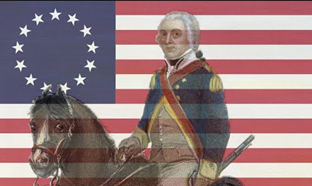
• • •
Missing some Tweet in this thread? You can try to
force a refresh


